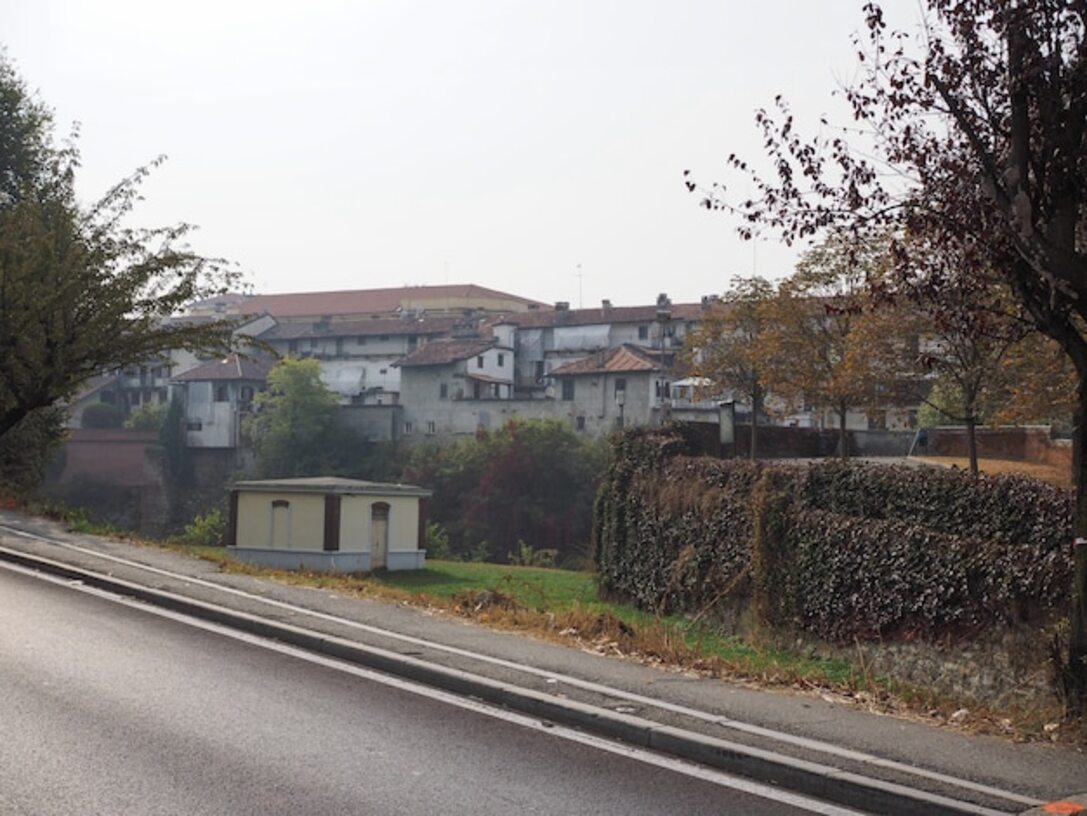Keys to understanding added value in rural and urban environments

The added value is a key concept for understanding the value of properties, both in rural and urban environments. In Costa Rica, the dynamics between these two areas can significantly influence investment and development decisions. Through this article, we will explore the keys that will allow you to understand how location affects the appreciation of land and real estate, helping you make more informed and strategic decisions. Get ready to discover a world where geography becomes your best ally!
1. What is surplus value and why is it important?
Appreciation refers to the increase in the value of a property over time, and it is a fundamental concept in the real estate field. This increase can be caused by various factors, such as improvements in local infrastructure, changes in market demand, or even social and economic transformations in the area. Understanding what appreciation is allows investors and owners to assess not only the current value of their property but also its potential in the future. In this sense, identifying areas with a high probability of appreciation can be crucial for maximizing investments.
The importance of capital gains lies in its direct impact on the financial and strategic decisions made by both owners and developers. A property with high capital gains not only represents a more valuable asset but also offers opportunities to finance other projects or embark on new investments. Additionally, understanding how the factors influencing capital gains work allows for anticipating market trends and adapting buying or selling strategies as needed. In rural and urban environments, this translates into an enhanced ability to make informed decisions about where to invest and when to do so.
2. Factors affecting the appreciation in urban environments
The added value in urban environments is influenced by a variety of factors that go beyond simple supply and demand. One of the key elements is the existing and developing infrastructure, such as roads, public transport, and basic services. Proximity to these facilities not only increases convenience for residents but also elevates the area's appeal to potential buyers or tenants. For example, a new subway line connecting a previously isolated neighborhood can result in a significant increase in the value of nearby properties due to improved access and mobility.
Another determining factor is the social and economic environment of the area. Demographic characteristics, such as the socioeconomic level of the residents and cultural diversity, can significantly influence the perception of property value. A neighborhood with an active community, good schools, and recreational options tends to maintain or increase its appreciation over time. Additionally, urban policies and sustainable development plans also play a crucial role; well-planned areas that promote green spaces and community activities are increasingly valued by modern buyers, which translates into a positive impact on real estate appreciation.
3. The influence of the rural environment on property valuation
The influence of the rural environment on property valuation is a fundamental aspect that is often overlooked. In rural areas, factors such as accessibility, natural resources, and the quality of the landscape play a crucial role in determining the value of a property. For example, land close to rivers or mountains is often more valued not only for its scenic beauty but also for the opportunities it offers for recreational and tourism activities. Additionally, the availability of basic services such as drinking water and electricity can also positively impact the valuation of these properties, attracting buyers looking for a quiet life away from urban hustle.
Similarly, sustainable development and ecological initiatives are gaining traction in many rural settings, which can further enhance the appeal of properties in these areas. The growing awareness of the importance of living in harmony with nature has led to an increase in demand for agricultural land and organic farms. This not only improves the value of rural real estate but also promotes practices that benefit the environment and foster more resilient communities. In this context, understanding how these elements interact will allow you to make more informed decisions when considering investments in real estate in both rural and urban environments.
4. Comparison: Urban vs Rural Surplus Value
Urban and rural capital appreciation presents distinct characteristics and dynamics that can influence property values. In urban settings, capital appreciation is often driven by factors such as proximity to services, developed infrastructure, and constant demand due to population concentration. Cities tend to experience accelerated growth in real estate prices, especially in central areas where housing supply is limited. This phenomenon allows urban properties to generate a quicker return on investment, but it also entails risks associated with market fluctuations. On the other hand, rural capital appreciation is affected by different variables, such as land use, natural resources, and access to communication routes. Although it has traditionally been considered less dynamic than its urban counterpart, more people are increasingly looking to invest in rural areas due to interest in more sustainable lifestyles or getaways from city life. This can result in a gradual but stable appreciation of rural properties, especially in regions that are beginning to develop tourism or agricultural infrastructure. Thus, both urban and rural capital appreciation offer unique opportunities for investors; understanding these differences is essential to maximizing the return on any real estate investment.
5. Strategies to maximize property value based on location type
To maximize the added value of a property, it is essential to consider the location and its potential for future development. In urban environments, where the demand for housing and services is high, investing in areas close to public transportation, schools, and shopping centers can result in a significant increase in property value. Strategies such as rehabilitating spaces or developing sustainable projects not only enhance the property's appeal but also contribute to raising its price in the market. It is crucial to identify emerging areas in cities where public or private investments are generating economic momentum.
In contrast, in rural environments, strategies can vary significantly. Here, it is advisable to focus on properties that offer access to natural resources or that are located near tourist routes. Developing infrastructures such as roads or basic services can significantly increase the added value. Furthermore, promoting sustainable agricultural activities or ecotourism can attract both investors and buyers interested in a quieter lifestyle but connected to nature. The key is to understand how each type of location can be leveraged to maximize its value within the local and regional context.
6. Impact of urban development on rural areas: A deep analysis
Urban development has significantly transformed the dynamics of rural areas, generating an impact that goes beyond mere property valuation. As cities grow and expand, many rural areas experience changes in their infrastructure, access to services, and connectivity. This phenomenon can result in a revaluation of rural land near urban centers, thereby driving interest in investment in these areas. However, it is crucial to consider how this growth may affect the quality of life of local residents and the natural environment, as unchecked urbanization can lead to issues such as loss of biodiversity and resource depletion.
On the other hand, the impact of urban development is also reflected in the social and economic dynamics of rural communities. The arrival of new investments can create job opportunities and improve access to basic services such as education and health. However, this transformation can provoke tensions between traditional inhabitants and new residents or investors. It is essential to find a balance that allows for the advantages of urban development to be leveraged without sacrificing cultural identity or the social well-being of rural populations. Analyzing these aspects is fundamental to understanding how surplus value is measured not only in economic terms but also in social and environmental terms within the rural-urban context.
7. Current trends in the Costa Rican real estate market: Rural or urban?
In the Costa Rican real estate market, the dichotomy between rural and urban has intensified in recent years, reflecting the changing preferences of buyers. In urban areas such as San José and its metropolitan area, demand remains high due to the concentration of services, employment, and educational opportunities. However, as more people seek to escape the urban hustle, rural areas have gained prominence, driven by a desire for connection with nature and a quieter lifestyle. This trend has led to an increase in property value in less populated regions, making them an attractive option for those seeking investment or a new home.
As we analyze current trends in the Costa Rican real estate market, it is evident that each environment presents its own opportunities and challenges. Urban properties tend to offer more consistent appreciation due to their developed infrastructure and access to essential services; however, this growth may be accompanied by high prices and fierce competition. On the other hand, the rural environment is experiencing an interesting resurgence: it not only offers more affordable land but also government incentives to encourage sustainable development. Thus, both investors and buyers must carefully weigh their priorities and long-term vision when deciding between these two complementary options that shape the future of the real estate sector in Costa Rica.



